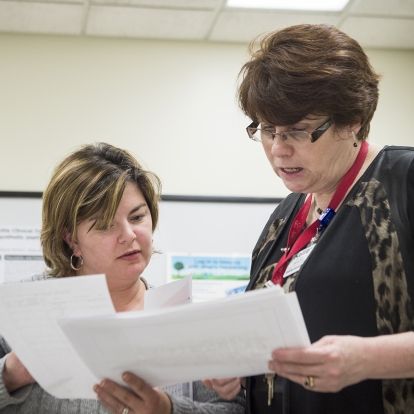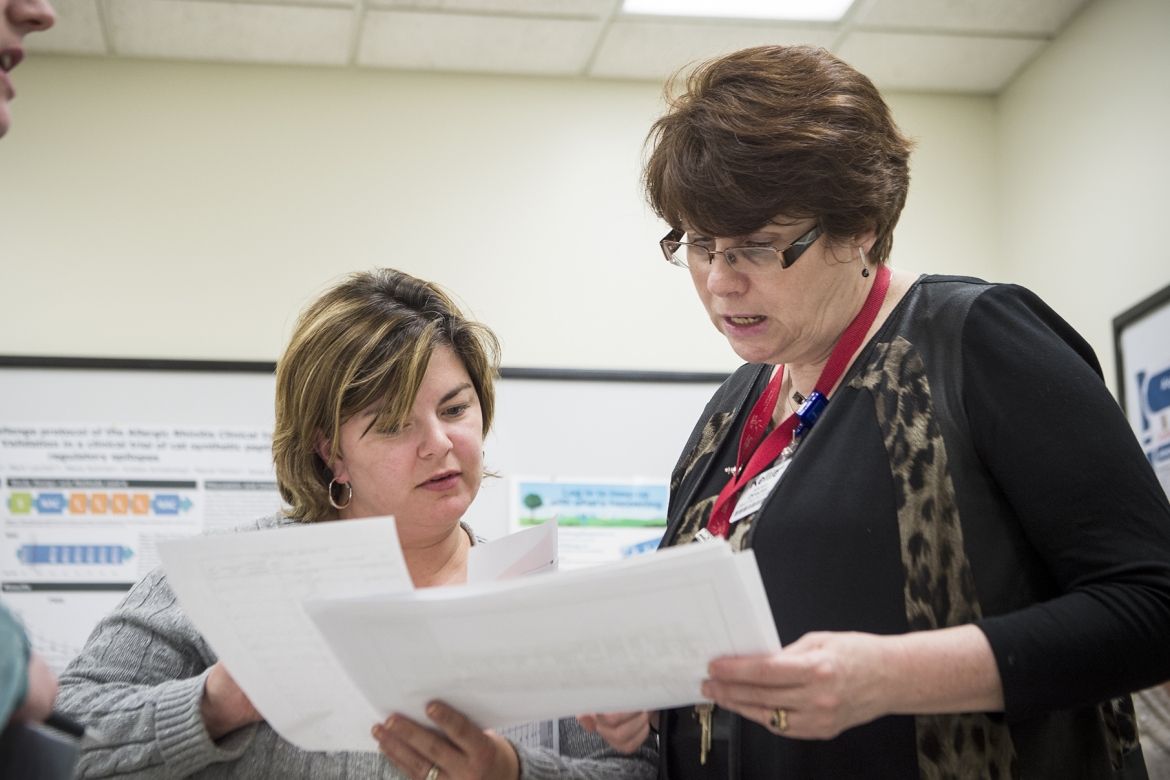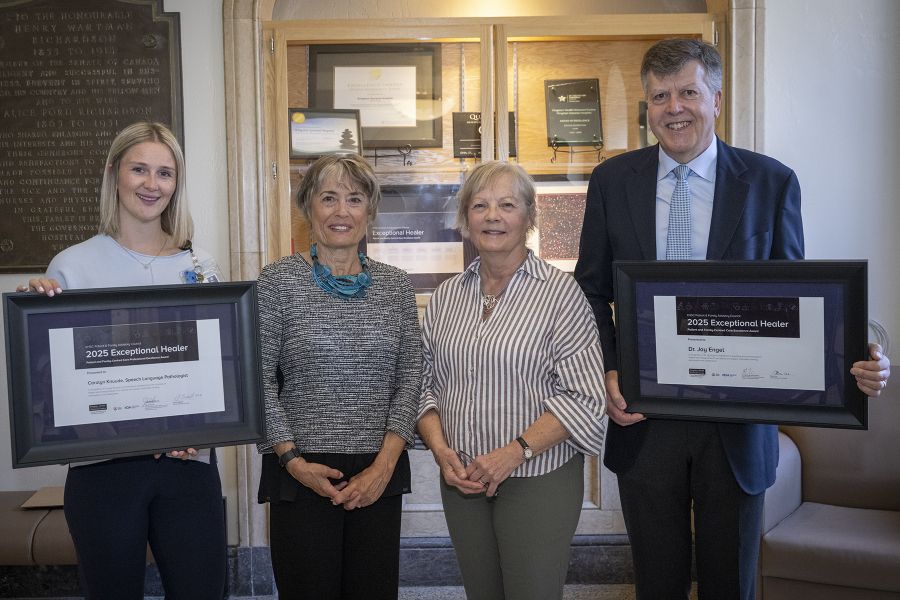
Our hospital’s longest ever gridlock is now officially over, thanks to the big improvements in patient flow we’ve seen over the past few weeks.
“This is an important achievement everyone at Kingston General Hospital can take immense pride in,” says Brenda Carter, Interim Executive Vice President. “It’s a demonstration of what we can do when we focus our efforts, collaborate, and hold ourselves accountable for making changes that will benefit our patients.”
Helping lead these efforts has been the ‘Get Out of Gridlock’ (GOOG) project team. It was created by the Patient Flow Task Force in early February with a mandate to get us out of gridlock by March 31.
The team is comprised of directors, managers, professional practice leads and other leaders from around the organization. They gather each day for 15-minute huddles at 10 a.m. and again at 2 p.m. to look at key metrics related to flow, such as discharges and transfers. They also focus on:
- Predicting any gaps between supply and demand for beds
- Identifying likely bottlenecks and planning for the day
- Discussing any delays to patient flow that have arisen and assign someone to follow up and report back at the next huddle.
“Every huddle is guided by the three key principles of transparency, accountability and alignment,” says Damiano Loricchio, Project Manager. “As a result, people are embracing these huddles as an opportunity to work together to study barriers objectively and to come up with solutions they are then all accountable to implement.”
The GOOG project team also gets together every other week for what’s being called GOOG Cafés. During these meetings people are asked to provide feedback and input on all project decisions.
“The next step will be to make sure all of this progress is sustainable. Even though we will still face Emergency Department surges, we must ensure we are making improvements so we don’t slip back into an ongoing gridlock situation again,” says Carter.
To that end, the project is now focusing on completing another round of improvement opportunities. These include creating a new patient checkout process whereby patients will officially sign out when they leave their bed so staff can start the process of filling the bed right away and also track how long this process takes.
Another opportunity involves standardizing the bed turnover process so that the bed clean, patient handover and patient transport are all happening at the same time.
Standardizing who goes to our daily professional rounds, as well as the time they happen, is also being worked on with the aim of having them all occur early in the morning to support discharge planning.
Another focus will be on having physicians and residents complete patient discharge summaries the night before as often as possible.
At the same time, the GOOG project team will be keeping a close eye on metrics around our overall discharges numbers and their timelines.
“Already we’ve seen an improvement in morning discharges of up to 29 per cent which, once sustained, would be a huge win for us as an organization. We just need to work on making this part of our everyday business,” says Loricchio.
To help support all of these efforts, leaders will continue to have two hours of protected time from 8 to 10 a.m. each day to focus on flow.
Gallery


(From left) Rachael Smith-Tryon, Manager of Admitting, Registration and Switchboard and Kellie Kitchen, Program Operational Director for OBS/GYN/PEDS/SPA, have a quick meeting as part of the daily huddles



